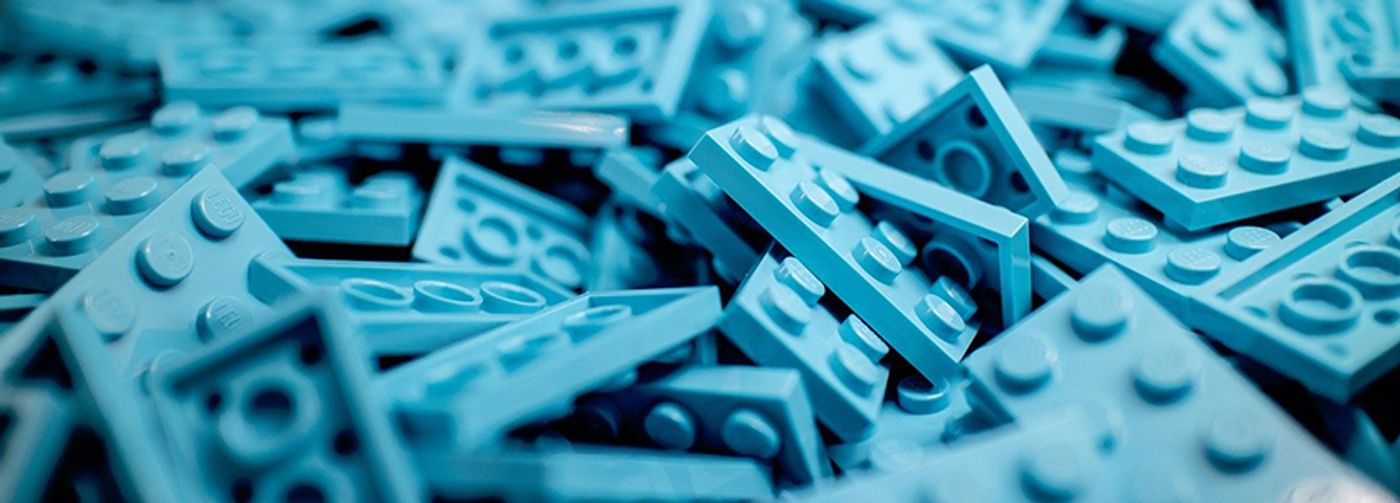LEGO bricks can persist in the ocean for 1,300 years
Some might think that stepping on a LEGO brick is the worst thing about those toys. However, a new study from the University of Plymouth discovered that a LEGO brick could survive in the ocean for up to 1,300 years. Researchers aren’t discouraging the use of these popular toys; rather, they are encouraging people to think about how toys such as these are disposed.
The collection of ocean-weathered LEGO bricks from English beaches triggered this study. An article from the University of Plymouth stated that volunteer organizations from Cornwall had retrieved thousands of LEGO pieces and other plastic waste during beach cleanups over the last decade. Prior studies assume that the pieces were either left at the beach by visitors or entered the water system through household trash processing. The volunteer organizations involved in the cleanups included the LEGO Lost at Sea Project.
The study was published online last month in Environmental Pollution. According to the research, the bricks washed up on the beaches of southwest England undergo physical and chemical changes evidenced by fouling, cracking, pigment leaching, and mass loss. This study used 50 pieces of weathered LEGO collected from beaches. They were washed and weighed. The size of the studs on each brick was measured. Then, the team used an X-ray fluorescence spectrometer to determine the chemical characteristics of each piece. The results of the XRF examinations were used to decide the age of the bricks based on the presence or absence of particular elements no longer used in the construction of LEGO.
Once the weathered pieces were fully assessed, the team paired them with unweathered sets from the 1970s and 1980s. This allowed researchers to determine the level of wear and estimate how long a LEGO piece would persist in the ocean. They concluded that they could remain in the ocean between 100 and 1,300 years.
Dr. Andrew Turner led this study, and his previous work has examined the chemical properties of everyday products that end up as marine debris. He told the University of Plymouth reporters that, “LEGO is one of the most popular children’s toys in history, and part of its appeal has always been its durability. It is specifically designed to be played with and handled, so it may not be especially surprising that despite potentially being in the sea for decades, it isn’t significantly worn down.” Nevertheless, he and his team were surprised by the full extent of LEGO’s durability.










